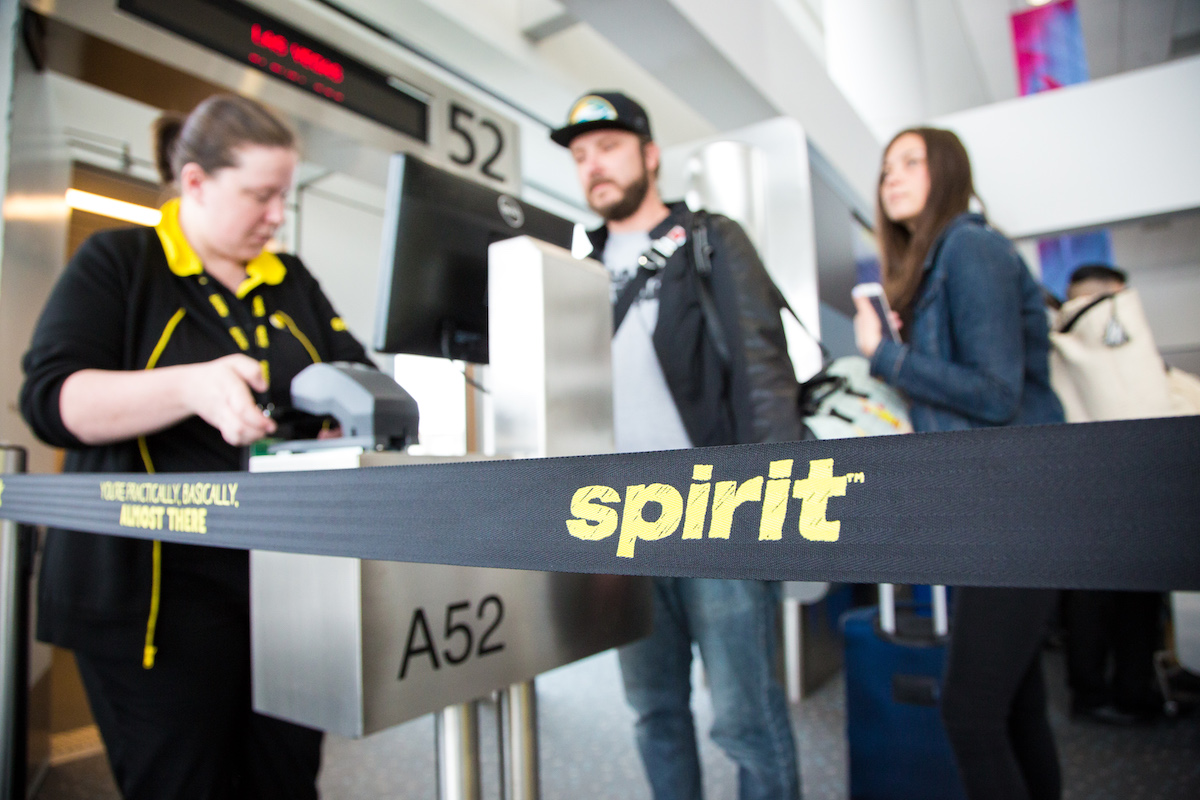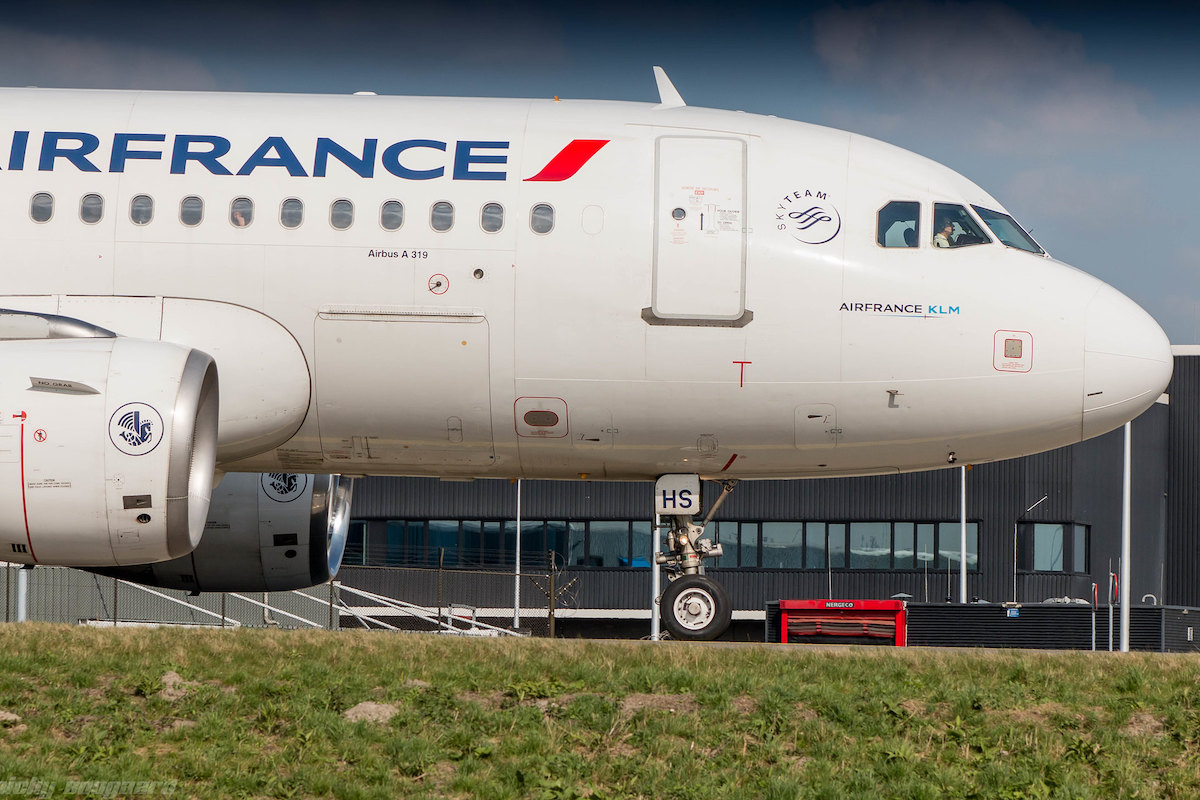Florida-based low-cost carrier Spirit Airlines, hoping to merge with JetBlue later this year, has recorded disappointing second-quarter results.
The airline listed several challenges in Thursday morning’s earnings call, mainly surrounding the company’s operations. This resulted in a poor operating margin of 3%. This is sharply lower than what other U.S.-based low-cost airlines have reported. Southwest, JetBlue, Allegiant, and Frontier, for example, all recorded second quarter operating margins of at least 8%.
Despite reporting revenue of $1.4 billion, a 4.8% increase compared to the same quarter in 2022, Spirit faced a net loss of $2.3 million and an adjusted net loss of $32.3 million. The airline foresees a further decline in its third quarter operating margin, projecting it to be between negative 5.5% and negative 7.5%, the lowest estimate by any U.S. airline currently.
During its earnings call, Spirit’s CEO Ted Christie pointed out the market dominance of major U.S. airlines as a contributing factor to their challenges.
“As you can see from the results across the industry, the dominant oligarchs are outperforming the rest of the industry, and that’s not an accident. When you control that much capacity, it’s very difficult to compete,” he said.
So, what exactly went wrong? Here are the five key issues the airline faces:
1. Engine Issues
Last month RTX, which owns engine manufacturer Pratt & Whitney, said that roughly 1,200 geared turbofan (GTF) engines on A320neo-family aircraft built from 2015 to 2021 must be removed and inspected within 12 months. Spirit is the largest operator of GTF-powered A320neo aircraft in the U.S.
The airline announced on its earnings call that it will ground seven Airbus A320neo jets after the Labor Day holiday in September through the end of the year.
“Exposure to this issue is very unique and material for us, and it is having an impact on our margin. We should know by mid to late September how many of the additional 1,000 engines Pratt has identified for inspection are ones we operate,” said Christie.
Spirit has stated that the grounding of the planes will impact its revenue in September.
2. Weather Concerns
The last quarter was full of unpredictable and severe weather events, impacting flight schedules across the airline industry, particularly the Northeast and Florida regions, where Spirit operates many of its flights.
The airline recorded a Department of Transport on-time performance of 64.4% (the average on-time arrival rate for U.S. airlines is 76.7%) and a Completion Factor of 97.5%.
Excluding these weather-related and other uncontrollable events, the company’s controllable completion factor was 99.7%. The difficult weather is expected to continue into the fall.
3. Labor Shortages
Labor shortages, specifically of air traffic controllers, have resulted in increased delays and cancellations for the airline.
“The staffing shortages at a variety of different control centers throughout the U.S., which has been widely publicized, are limiting their ability to navigate the airlines around the challenges, and it’s putting us into a real bind,” said Christie.
Spirit, alongside other U.S. airlines, is currently lobbying with the Department of Transportation and the FAA to put air traffic control system infrastructure in place to allow airports to run more efficiently.
4. Demand Shift
Spirit had high hopes for a robust summer travel season, but their expectations fell short, leading to a dip in fare levels. The primarily domestic airline also faced challenges predicting post-pandemic demand, with a noticeable shift towards long-haul international routes, especially to Europe.
During the recent earnings call on Thursday, the airline highlighted the unpredictability of demand, using Cancun’s situation as an example.
“In April, we saw incredible demand strength, pricing power, and sold-out flights every day. In June, which is still a very strong time for Cancun, there was a reverse with unit revenues, in some cases, down very high double-digit numbers. And that’s all happening within the same quarter,” said Chief Commercial Officer Matthew Klein.
The airline expects a continued decline in domestic demand throughout the third quarter, followed by a gradual recovery towards the end of the year.
“Once the international summer travel season ends and kids return to school, we anticipate that demand will shift back towards domestic. This should mean a more normal pricing and demand environment for the peak holiday travel periods in the fourth quarter,” said Christie.
5. Airbus Delays
Spirit operates an all-Airbus fleet which has proven challenging for the low-cost airline.
Early this year, the airline was notified that they will have delayed aircraft delivery dates for 2023 and part of 2024, piling up deliveries in 2024. Spirit has acknowledged that these delays are likely to continue beyond 2024.
“Airbus has been clear to us about their own production limitations and backlog of orders that will likely push new order deliveries into 2030 and beyond,” said Chief Financial Officer Scott Haralson.
Amid these challenges, there is a glimmer of positivity for Spirit. In the second quarter, the airline took delivery of five Airbus A320neos and their first A321neo aircraft.





